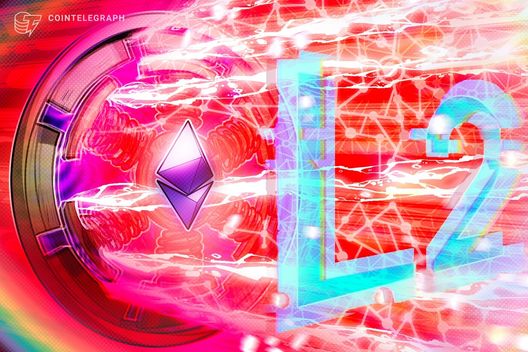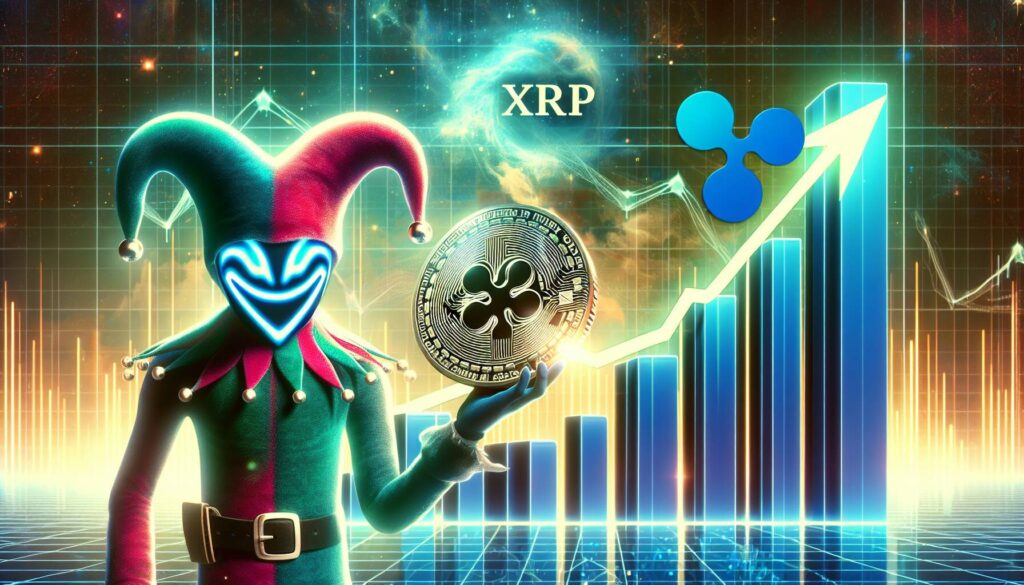The world of cryptocurrency is ever-evolving, with new insights emerging daily that shape the future of decentralized finance. Recently, Anatoly Yakovenko, co-founder of the Solana blockchain, raised important concerns regarding Ethereum layer-2 networks. He pointed out that these systems, designed to enhance scalability and reduce transaction fees, are plagued by significant security and centralization challenges.
“The reliance on centralized entities to secure these networks could pose risks for users and developers alike,” Yakovenko stated, highlighting the vulnerabilities that may affect the broader Ethereum ecosystem.
This criticism comes at a time when the cryptocurrency community is increasingly focused on improving transaction speeds and reducing costs to foster wider adoption. As Ethereum continues to dominate the smart contract market, discussions about security enhancements and decentralization are crucial for its future growth.
Moreover, Yakovenko’s remarks invite a broader examination of blockchain architecture and the trade-offs involved in various solutions. As the industry navigates these complex issues, the emphasis on building robust and secure platforms remains paramount for protecting users and maintaining trust.
Security and Centralization Issues in Ethereum Layer-2 Networks
Key points regarding the concerns raised by Anatoly Yakovenko about Ethereum layer-2 networks:
- Security Concerns
- Ethereum layer-2 networks are prone to vulnerabilities that can compromise user assets.
- Security flaws may lead to significant financial losses for users investing in these solutions.
- Centralization Issues
- Some layer-2 solutions prioritize speed and efficiency over decentralization, increasing risks.
- Centralized control can lead to a lack of transparency and accountability in transaction processing.
- Impact on Users
- Users may face higher risks when utilizing layer-2 networks without understanding these issues.
- Informed users can make better decisions regarding their investments and trust in blockchain technology.
- Broader Implications
- The credibility of Ethereum and its layer-2 solutions may be challenged, affecting market confidence.
- Developers and projects could pivot towards alternative blockchains, such as Solana, for perceived better security and decentralization.
Critical Insights into Ethereum Layer-2 Networks: A View from Solana’s Co-Founder
Anatoly Yakovenko, the co-founder of Solana, recently raised alarm bells regarding the significant security and centralization challenges faced by Ethereum layer-2 networks. This statement comes at a time when these networks are often touted as solutions for Ethereum’s scalability issues, making Yakovenko’s remarks particularly compelling against the backdrop of competing blockchain narratives.
The competitive advantage of Ethereum layer-2 solutions lies in their potential to reduce transaction times and fees, appealing to users who seek faster and cheaper alternatives to the Ethereum mainnet. However, Yakovenko’s comments highlight a critical disadvantage: the trade-off between decentralization and performance. He suggested that many layer-2 solutions may operate with a degree of centralization that could undermine user trust and security.
Furthermore, this critique could benefit other blockchain networks like Solana and Cardano that emphasize high throughput without sacrificing decentralization. These platforms can position themselves as safer alternatives, appealing to developers and investors who are wary of the vulnerabilities presented by Ethereum’s second layer. Conversely, the criticisms may pose challenges for projects heavily reliant on Ethereum’s ecosystem, as they might need to reassure stakeholders about their security measures and decentralization strategies amidst growing skepticism.
In the broader landscape, users and developers looking to build decentralized applications may reconsider their approaches in light of these insights. The discourse sparked by Yakovenko could lead many to evaluate their options critically, seeking robust ecosystems that prioritize both innovation and security.
















